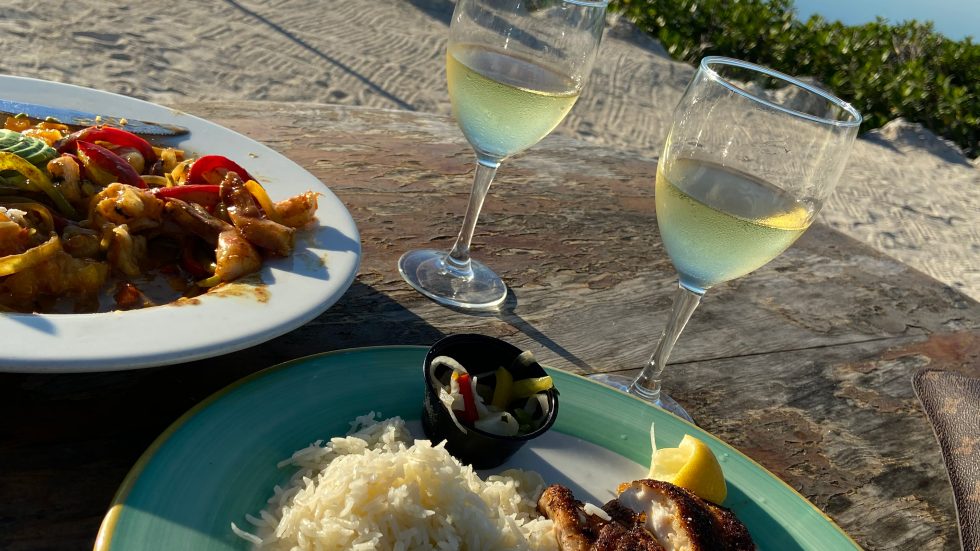Unless you’ve been boating using a canoe or kayak the past decade, you’re probably aware of a corn distilled product called E10. Due to government mandates, it must be distributed at the rate of 10 percent ethanol (E10) mixed into all gasoline fuels sold in the US and soon this may possibility be raised to 15 percent (E15).
I won’t be discussing all the problems of E10s in the DIY, but if you’re a boater and use a gasoline engine, I’m sure you’re well aware of E10’s drawbacks when used in marine fuel tanks to supply fuel to outboard, inboard and sterndrive engines.
One problem with E10 added to gasoline is moisture, because ethanol absorbs water like a sponge; moisture from its surroundings, air, condensation and storage practices all contribute to engine problems, hard starting, stalling at both high and low speeds, misfiring, or just refusing to run or start at all. And don’t forget to add “phase separation” to the list of E10’s drawbacks — it degrades within days of being stored.
The first line of attack you might consider is to add one of a wide variety of fuel additives, but I have found that these actually multiply the problems, as most already contain Ethanol. I’ve spent countless hours reading and testing a variety of additives and have concluded there’s no apparent cure for water saturation problems and phase separation other than fresh gas before every cruise.
Or, one can install a fuel/water separator. What they do is what the name suggests, filter water from the fuel that’s held in suspension from the E10 being added to the fuel. The smaller fuel filters that are OEM installed are sometimes unable to do a thorough job of removing water particles that were adequate in the pre-ethanol days and are insufficiently sized to handle water absorption from E10. Fuel/water separator today have to be designed to stop 99.9 percent of the water passing through; 10 microns should do the process, as fuel is drawn up from the bottom of the gas tank, where most water lays before it enters either the carburetor or fuel injectors. Most fuel/water separators are sold as two parts: a cast head bracket to bolt to a bilge bulkhead near the gas tank and a spin-on filter. The separator basically removes water from E10 before it enters the engine’s fuel distribution system.
The filter mounting casting is available with different sized “in” and “out” threaded ports, ready to receive a barbed fitting for the size hose you need. Be aware that, if below deck, you may not use the plastic, manual, clear drain bowl feature (to draw off contained water) and only the metal type. If a fuel/wall separator will be visible above beck, the clear plastic drain bowl type is permissible by USCG regs. Use only USCG-approved steel, braided, fire-resistant fuel line for your conversion, along with double stainless clamps over each hose/barb fitting or other fuel fittings. Attach the filter head plate casting with hex head threaded screws as per the photos and attach GPH (gallons per hour) or GPS senders to the “out” port of the base assembly (if used) from there into the engine.
As you fit each appropriate-sized barb fitting into the filter base assembly and new fuel hoses, obtain a container of Permatex #80017 Aviation Form-A-Gasket liquid sealant. As the old saying goes, “accept no substitutes,” reason being this is the only sealant I’ve found so far that’s resists the corrosive and solvency effects of ethanol. While doing any work near the fuel tank and lines, take all safety measures. Take extra time to inspect fuel gauge attachment/sender access plate gaskets, as most will be found to have seepage due to ethanol fuels. Remove and reseal with #80017.
For this DIY, I’ve selected the RACOR 32R-RAC-02 (includes cast head, filter can assembly and drain bowl) due to its easy mounting, three barb/fitting selections and the additional manual water drain plug. I suggest before each outing that you carefully drain the bowl of water into an appropriate container. If choosing another brand, allow for differences in installation and features.





